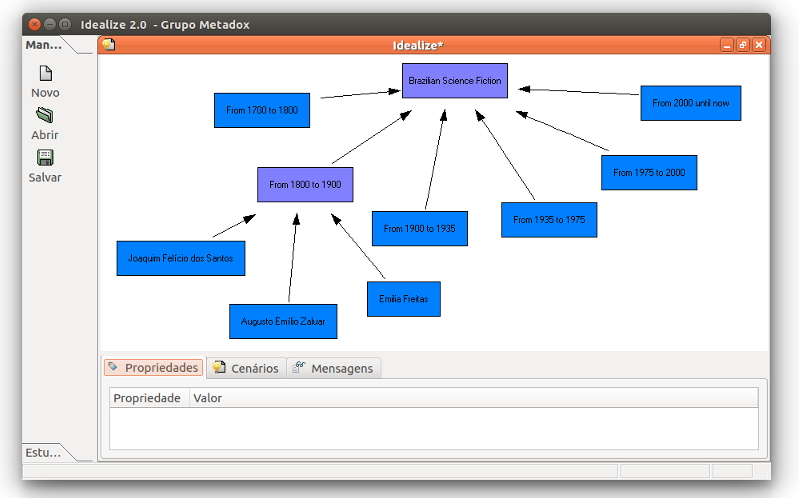Idealize
Business Profile

Idealize® is a graphical framework for objects managing that allows data structure, knowledge processing and deductions computation, making it easy and comfortable to group sparse information from different sources. Moreover, documents can be organized to perform studies, researches and reports that can be created incrementally. The automatic knowledge acquisition, one of its exclusive features, manage this document retrieval.
It can also improve the organization of ideas by a graphical structuring of reasoning. Objects are colored to indicate that documents reinforce a hypothesis that is being studied, or diminish it. The confidence factor associated to the evidences allows the total probability of such hypothesis.
With the feature of parallel scenarios, it is possible to process several alternatives, until the most plausible is reached. It has an embedded programing language to trigger inferences and some other exclusive features such as oracles and grammars, which increases its versatility.
Idealize® improves decision support systems with intelligent analysis gathering human knowledge and computational power.Technical Profile
Idealize® framework is based on conceptual graph, a model for knowledge representation and reasoning. All kinds of knowledge (ontology, rules, constraints and facts) are labeled graphs, which provide an intuitive and easily understandable means to represent knowledge. Reasoning mechanisms are based on graph notions, basically the classical notion of graph homomorphism. This allows, in particular, to link basic reasoning problems to other fundamental problems in computer science (problems concerning conjunctive queries in relational databases, constraint satisfaction problem, etc). The formalism is logically founded, i.e., it has a semantics in first-order logic and the inference mechanisms are sound and complete with respect to deduction in first-order logic.
Each conceptual graph is called a scenario, and the collection of such scenarios compose the set of perception concerning any subject. Sometimes, one subject might have different interpretations and thus, an alternative scenario is created. Ordinary scenarios and alternative scenarios compose multi-dimensional graph, and the framework provides tool for managing it: navigation, neighborhood relationship, minimum spanning tree, edges reversing, combinatorial graph synthesis, etc.
The subjects have attributes such as confidence and weight. The former is related to how certain the analyst is about an subject, that is the mental state of having some level of doubt, and the latter is used to adjust the reasoning methods since subjects don't all have an equal influence on logical thinking. Therefore, once the individual subjects have confidence and weight, then the main subject, from which the individual subject were derived, also have them. Those values are computed according subjects relationship in the multi-dimensional graph.